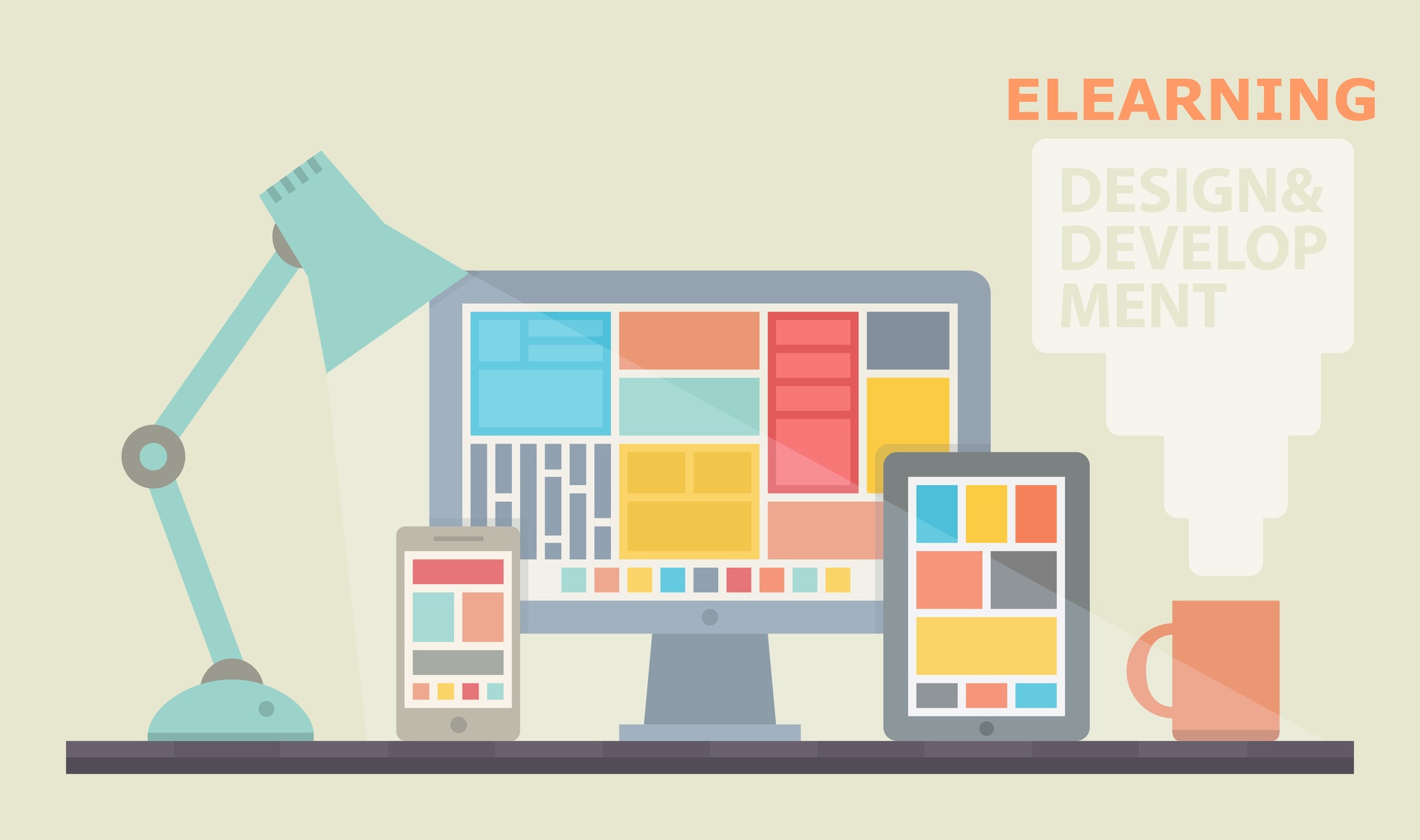July 17, 2015
7 Instructional Design Tips For Effective eLearning
In this article I will share 7 Instructional Design tips for creating effective eLearning courses, so that you will be able to impress your target audience almost instantly, regardless of your eLearning design experience.
by Anand Timothy











